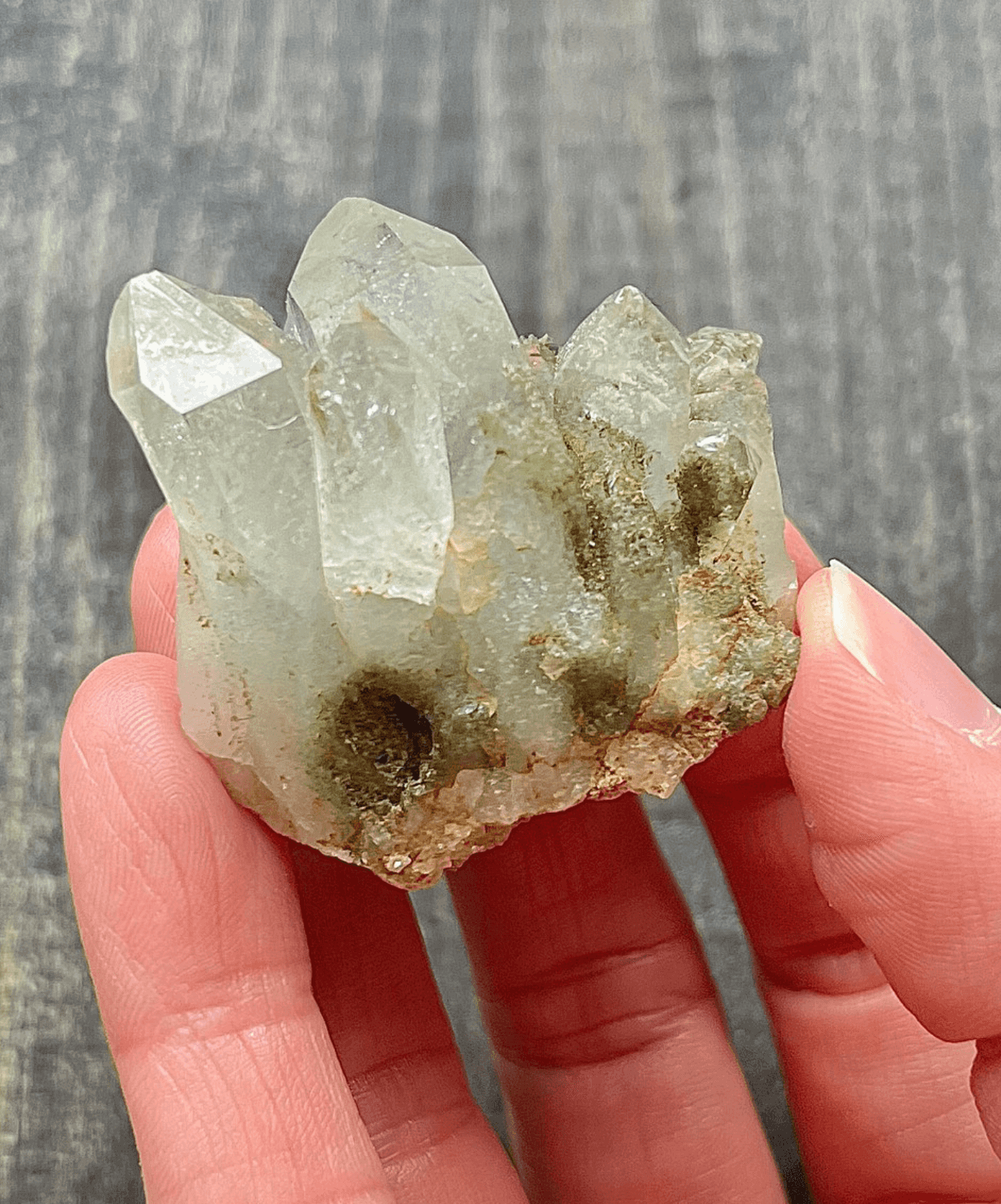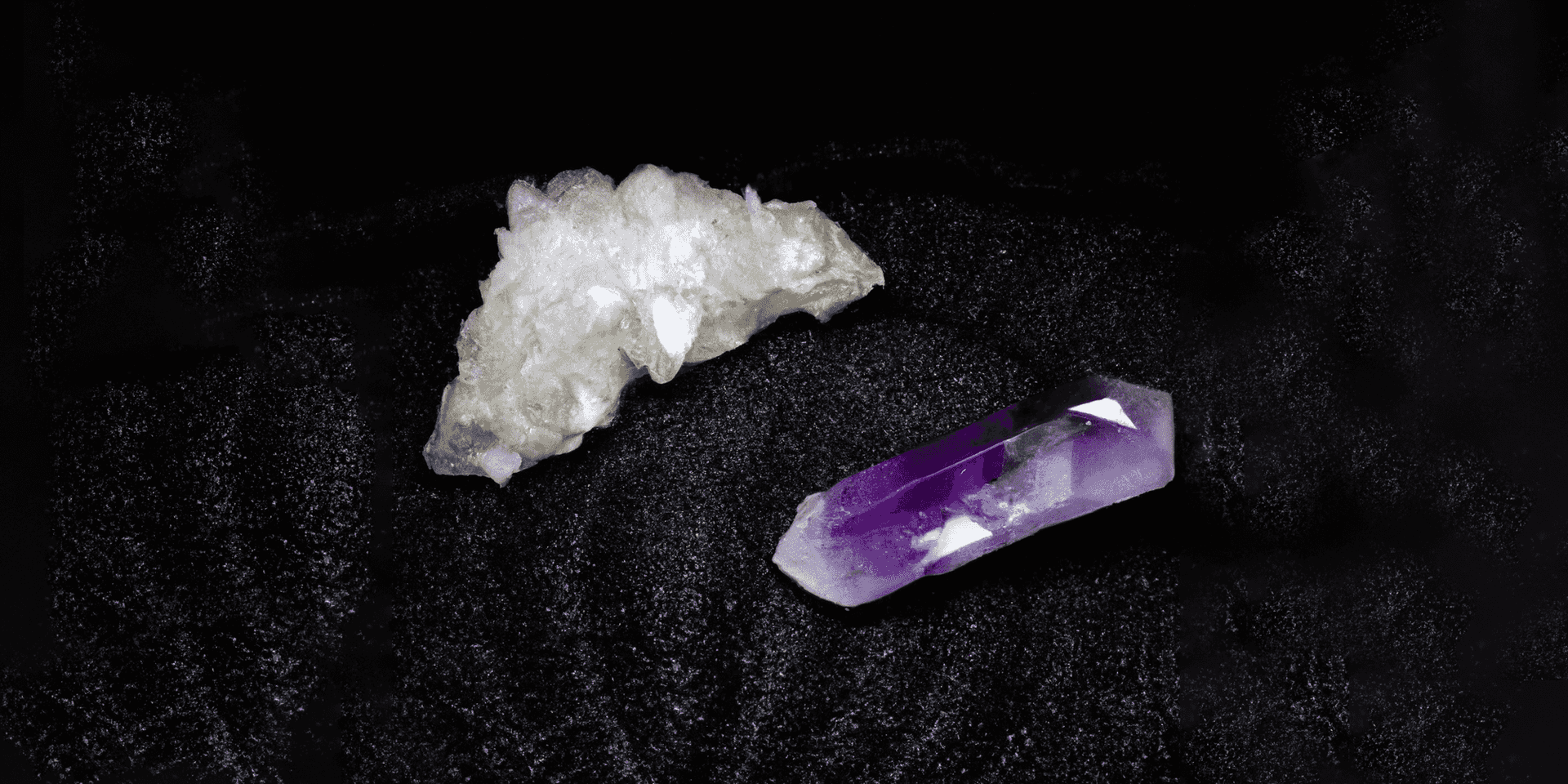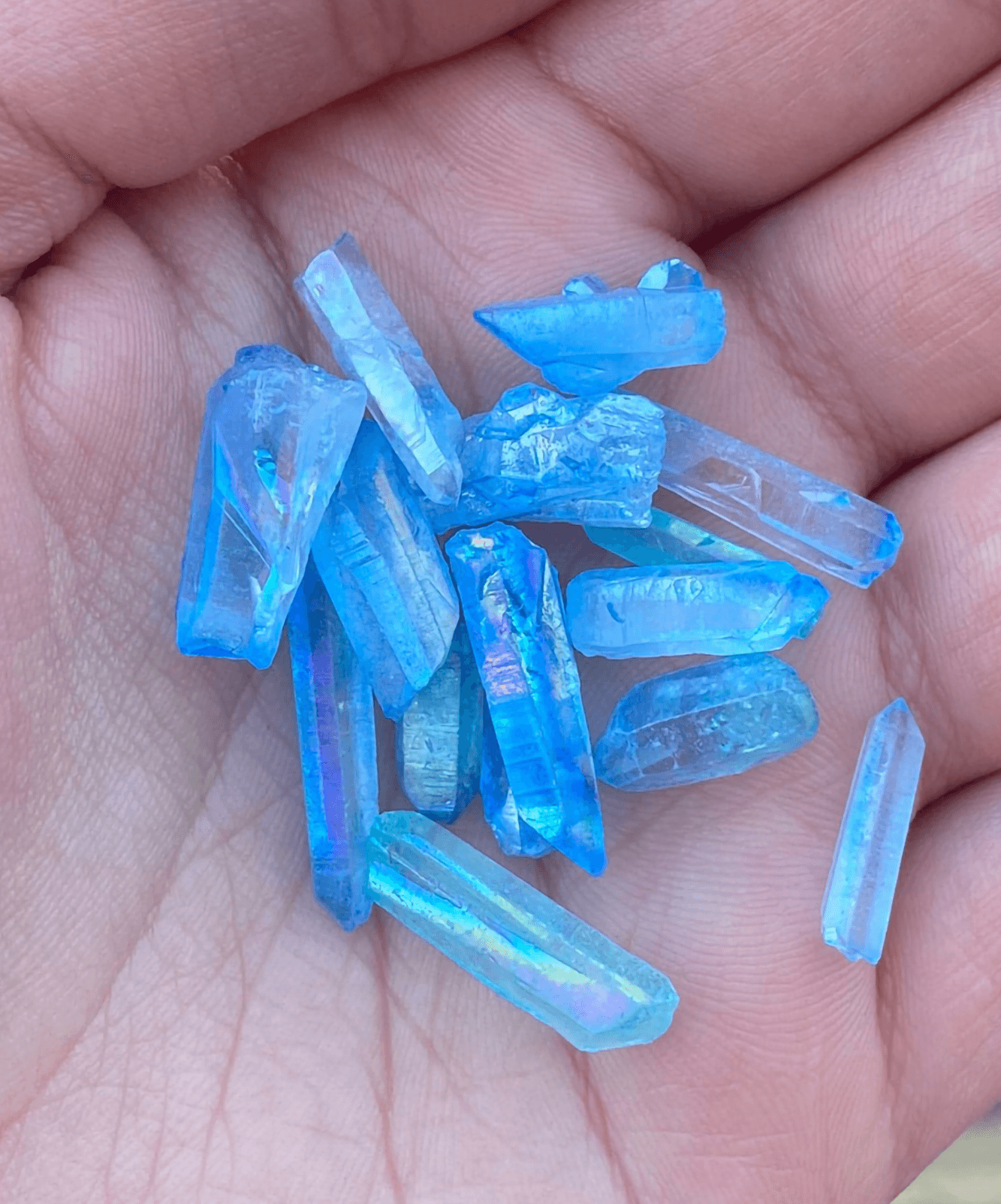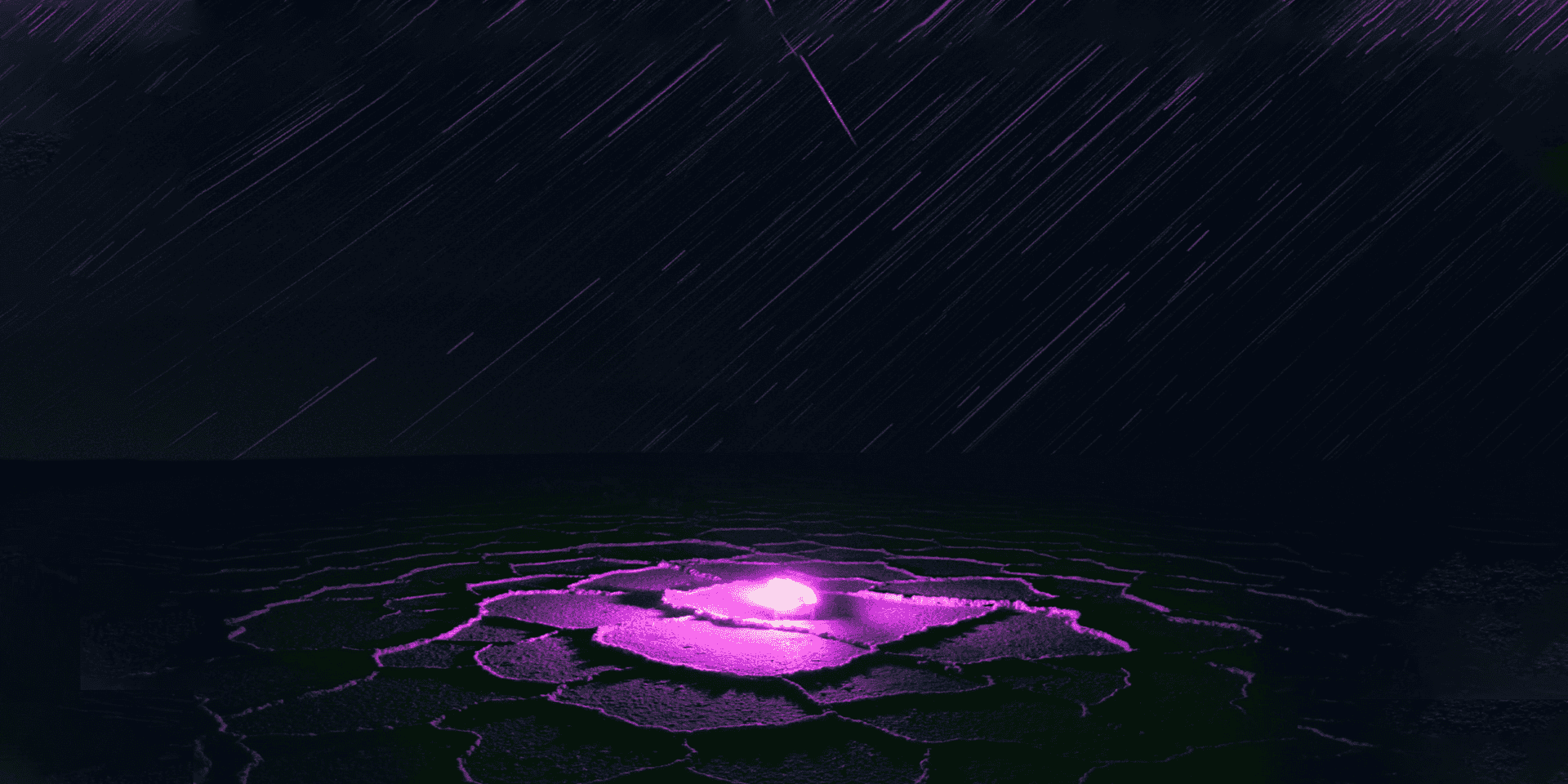
Chlorite Phantom
Chlorite Phantom is a unique stone that is unlike other crystals. That might be why it has amazing properties like...
Quick Look:
Heart Third Eye Chakra
Green, and transparent-green
Raw Phantom Chlorite has a rough exterior, while the tumbled stone has a smooth glass-like surface.
6 / 10 Rarity
Discovered in First collected in Brazil by Mineralogist 'Dana' in 1884
Mined in Germany, Russia, United States
Chinese name: 綠泥石
What is Chlorite Phantom?
We're not here to trick you. Chlorite Phantom is just like regular Chlorite, but it has a smaller crystal nested inside.
If you look closer at the picture above you'll see it!
Phantom crystals are a visible record of growth.
Phantoms mark a time where there was no growth, where another mineral settled on the surface before the crystal started to grow again.
Different bands of color, like smoky or milky, mark a different growing condition.
This is true for all Phantoms, not just Chlorite Phantom.
Outside of the visual difference, and spiritual uses noted down below, these stones are the same as Chlorite.
So this article is going to be very similar our page on Chlorite.
We hope that this disclaimer has helped you understand what Chlorite Phantom is.
And we also hope the article below helps you understand how to take care of it.
General Care for Chlorite Phantom
Unless you're a big fan of Gypsum, raw Chlorite Phantom will probably be the most fragile piece in your collection.
If you've added some tumbled Chlorite Phantom to your collection, then you don't have to worry about pieces breaking off.
But it's still soft.
Really really soft.
With a shockingly bad score of 2.5 on the Mohs scale of mineral hardness, Phantom Chlorite softer than your fingernails.
With sharpened fingernails, you can scratch your name on the crystal!
To rid of your name, or other scratches, all you have to do is use a hard toothbrush to clean your rock.
How To Clean Your Crystal
Do you have soap?
What about a bowl??
And water???
Then you've got everything you need!
Follow the short guide below, and your Phantom Chlorite will look new and shiny once again.
- Fill a small bowl with warm water.
- Add a small amount of organic soap to the water and mix it around.
- Let your crystal enjoy in the bubble bath.
- Using a clean, VERY soft bristle toothbrush, gently scrub the rock.
- Rinse your stone well under warm water and gently dry it off with a soft cloth.
If you want to go a give your gem an extra shine, then you can let it bathe in vinegar.
Vinegar? Yep!
Vinegar is one of our favorite "crystal secrets".
It works by dissolving the calcium carbonite that's on the surface.
Please not that this only works on rocks that aren't sensitive to chemicals.
Sensitive gemstones will be damaged.
But you're in luck! Chlorite Phantom is resistant to chemical damage.
Will My Chlorite Phantom Fade?
Whether or not a crystal in the quartz family will fade depends on which color we're talking about.
If your crystal is a light color, like Phantom Chlorite is, then you should be catious about how long your stone is in direct sunlight.
Long exposure of direct sunlight will cause fading.
But usually only to the "outside" crystal.
The "inside" crystal will keep it's color, protecting by a shield of crystal.
How to Charge Chlorite Phantom
Charging your Chlorite variety is as simple as bathing it in direct moonlight for a few hours or placing it on a charging plate made from selenite.
This stone also responds to being buried in salt for a day or more.
We suggest using either a cloth bag or natural covering to prevent salt from falling into your stone's cracks.
This doesn't really apply if it's a well tumbled stone!
Check If Your Chlorite Phantom Crystal Is Real
This is normally the part where we break down how spot fakes.
We typically cover how lead glass is used to fake crystals like Watermelon-Tourmaline.
Or how resin is passed off as Chalcedony.
But I've gotta be honest here.
I've never even heard of someone faking phantom crystals.
It's probably not impossible.. though the inside crystal might break when the outside one is added.
There's no way to prevent the inside crystal from being much cooler than the outside when being faked.
When means that making a fake crystal phantom would guarantee that the gem fails the bubble test.
Chlorite Phantom Healing Properties
Chlorite Phantom helps in self-realization and the removal of energy implants but should be used for this purpose under the guidance of a qualified crystal therapist.
- Physically
Chlorite Phantom assists in the elimination of toxins and the assimilation of Vitamins A and E, iron, magnesium, and calcium.
It is a useful painkiller and removes skin growths and liver spots.
This stone encourages the proliferation of helpful bacteria.
Rarity
While regular Chlorite is pretty common, Chlorite Phantom is a pretty rare stone.
A lot has to go right to get the iconic Phantom look.
A crystal has to start growing, then stop growing, and then start growing again in a different structure so that the internal crystal is distinct from the outside layer.
Smaller stones have a better chance to be phantoms, so they cost less. Around $10 per carat.
Finding a large, high quality crystal with a phantom crystal inside is VERY rare.
Expect prices anywhere from $50 - $200 per carat depending on the quality of the inside and outside crystals.





